This month the theme of Montengarde Culinary Night is “Italian Night”. I’ve been wanting to research mushrooms for a while and thought this was a good opportunity.
I love mushrooms, but there aren’t a lot of medieval recipes for them. In fact I’ve only found about a dozen recipes that call for mushrooms, only one English (to my sorrow), six Italian, four German, and two French.
I’ve seen what might possibly be mushrooms in period art, but on closer examination they are might just as easily be eggs:
or a root vegetable with the top cut off:
But sometimes you luck out and get the real thing:
Of course the penchant for random mushrooms to be poisonous was well known:
If the things you eat are by nature too watery, such as squashes, they will cause the blood to rot in your body. If they are poisonous, like mushrooms, they they kill you, but if they (only) cause much moisture in the body, rotten matter like onion, peach and such will accumulate. (Das Kochbuch des Meisters Eberhard [Germany, 15th century])
But they are abundant and tasty, as long as they aren’t Amanita phalloides/death cap mushrooms or other poisonous ones.
Three of those recipes are essentially for the same thing (one French, two Italian), so I thought I’d make the Mushroom Tart. Many thanks to Daniel Myers for his website as it makes finding a specific ingredient quite fast.
Libro di cucina / Libro per cuoco (Italy, 14th/15th c. – Louise Smithson, trans.)
XCVIII – Tart of mushrooms good and most perfect. If you want to make tarts of fungi middling, take the mushrooms whole peeled and well washed, make morsels large and squeeze out all the water and take salted lard melted and strained and but to fry with the mushrooms and enough water that they don’t burn (scorch) and when they are just cooked, pull them out in a basin and mix with them a quantity of cheese and of eggs and put this batter in a testo (covered pan) with a crust very thin that is very strong but must be thin and yellow and powder with spices and enough of mushrooms and little of eggs and make it cook wells.
Due Libri di Cucina – Libro B (Italy, 15th c. – Rebecca Friedman, trans.)
LXIIII To make a tart of mushrooms. He who wants to make a mushroom pie, take the cheese from Comino and so many mushrooms and a few eggs and spices enough, and let it be well greased.
Ouverture de Cuisine (France, 1604 – Daniel Myers, trans.)
To make a mushroom tart. Take mushrooms that have been well cooked, & chop them like tripe, & fry them in butter, then take four ounces of grated cheese, a small handful of mint, & marjoram, finely chopped together, & make the tart, & cast again melted butter thereon.
First a few notes: the two Italian recipes are essentially the same, while the
french recipe substitutes the spices for herbs and omits the eggs. This recipe is essentially based on the Italian versions with some help from the French version.
Comino cheese may have been either an alpine cheese, like Emmental or Swiss, or a soft sheep cheese, like Ricotta. I figured a blend of the two would be quite tasty.
Marjoram was common in Italian cooking and is named in the French recipe. Pepper and salt are ubiquitous in Italian cooking. The other common spices were cinnamon, ginger, clove, garlic, and parsley while savory, nutmeg, and sage are occasional ones. Because of this I’ll be using salt, pepper, marjoram, ginger, and garlic as my spices.
Because I use the same crust method frequently I wanted to try something new, so I’m using Mistress Eulalia’s hot water crust (available here in PDF as part of her Kingdom A&S project).
Mistress Eulalia’s Hot Water Crust:
- 7 oz flour
- 1 oz lard
- ½ cup (8 oz) water — much of this will boil off
- Place the flour in a heat-safe bowl, making a well in it.
- Heat the water and lard together until the lard is fully melted and the water has barely begun to bubble.
- Pour the heated water and lard into the well in the flour and stir vigorously.
- Knead the dough until smooth and elastic.
- Separate the dough into two pieces, one roughly twice the size of the other. Roll out both portions of pastry on a lightly floured surface to between ⅛and ¼ inch thick.
- Use the larger piece of pastry as a bottom crust, lining the pie dish (trap); set aside the smaller piece for a top crust.
Note: This recipe works better when the dough is kept warm.
Her hot water crust is based on experimenting with various pastry methods while utilizing the ingredients listed in various period cookery books. From this she determined that a hot water crust works best for hand raised coffins, she thus puts forward the theory that the hot water crust may be the standard crust style and other versions are deviations from the normal, hence including instructions in them rather than just calling for generic pastry. This would explain why the hot water method isn’t directly mentioned in English cookery books until the 16th century.
Mushroom Tart
14th-15th century Italian, Libro di cucina / Libro per cuoco 15th century Italian, Due Libri di Cucina – Libro B, 16th Century French, Ouverture de Cuisine
- 1 lb mushrooms, peeled and cleaned well
- Lard or butter for frying
- 4 eggs
- 1 cup ricotta cheese
- 1 cup Swiss or Emmental cheese in 1/4″ cubes
- 1 tsp salt
- 2 tsp pepper
- 2 tsp marjoram
- 1 tsp ginger
- 1-2 cloves garlic (diced fine)
- pie shell
- slice peeled mushrooms and saute them in your preferred fat (I made some lard the other day so I’m using that), then drain and set aside
- mix together eggs, ricotta, garlic, and spices
- layer mushrooms and Swiss cheese in pie shell
- pour egg mixture over-top, shake gently to settle
- bake at 375° for 50-60 minutes, until set
- Remove from oven and allow to cool 30-40 minutes before cutting
If this seems to be a quiche that’s because it basically is. The ricotta works similarly to the cream, though as I joked with a friend of mine it should really just be called “egg pie” (a joke from The Next Food Network Star).
- fresh lard in the crust
- I haven’t done a hot water crust in a while but it’s like riding a bike
- time to knead it till it all comes together
- beginning to roll it out
- about half way there
- peel your mushrooms when you clean them, it’s the period thing to do
- Looks like a lot of mushrooms but they’ll cook down
- more lard
- time to cook down some mushrooms
- you want to stop before all the liquid evaporates and drain them
- spices and cheese, add the eggs and mix
- layered mushrooms and Swiss cheese, I’m using a form for the pie because I ran out of time, but this crust works well for hand raised pies
- pour in the egg mixture
- I trimmed the edges of the crust
- look at that puffy rise, just like a quiche
- Everyone’s expression when I popped it out of the form was priceless
- Time to eat
The end result was delicious. I highly recommend this recipe.
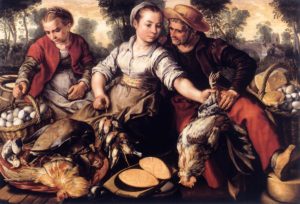
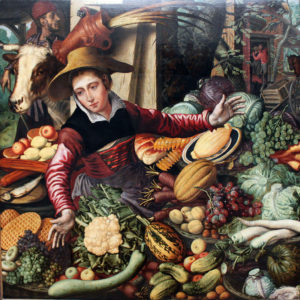
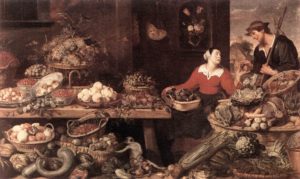
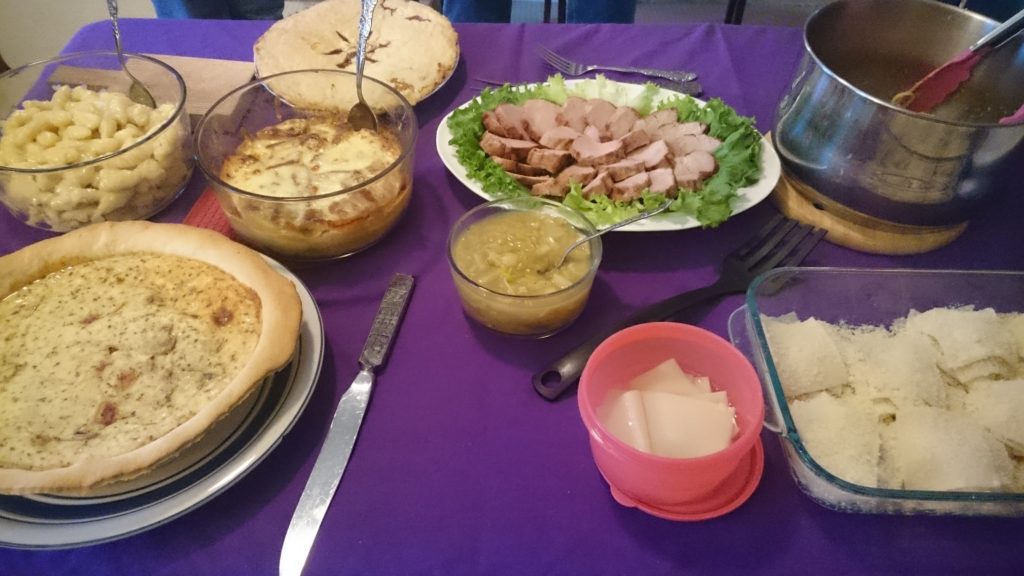
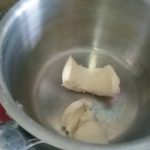
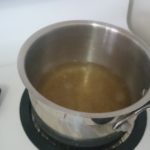

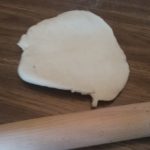
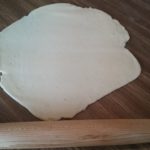
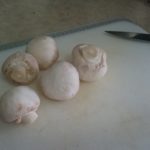

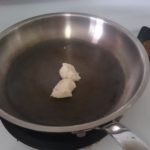

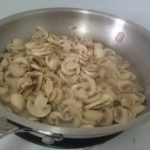
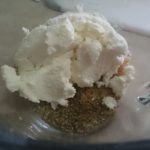
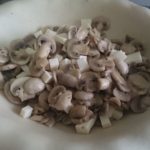
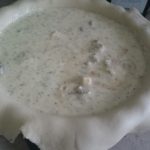
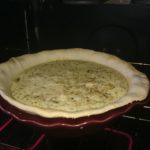
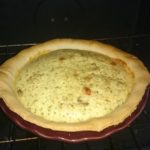
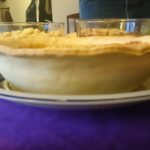
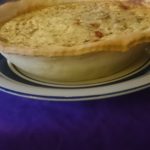
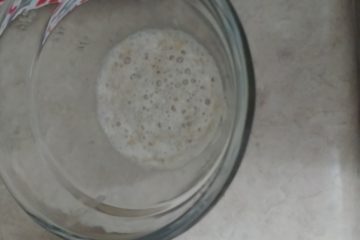
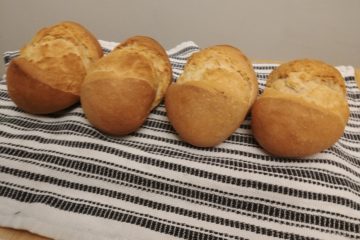
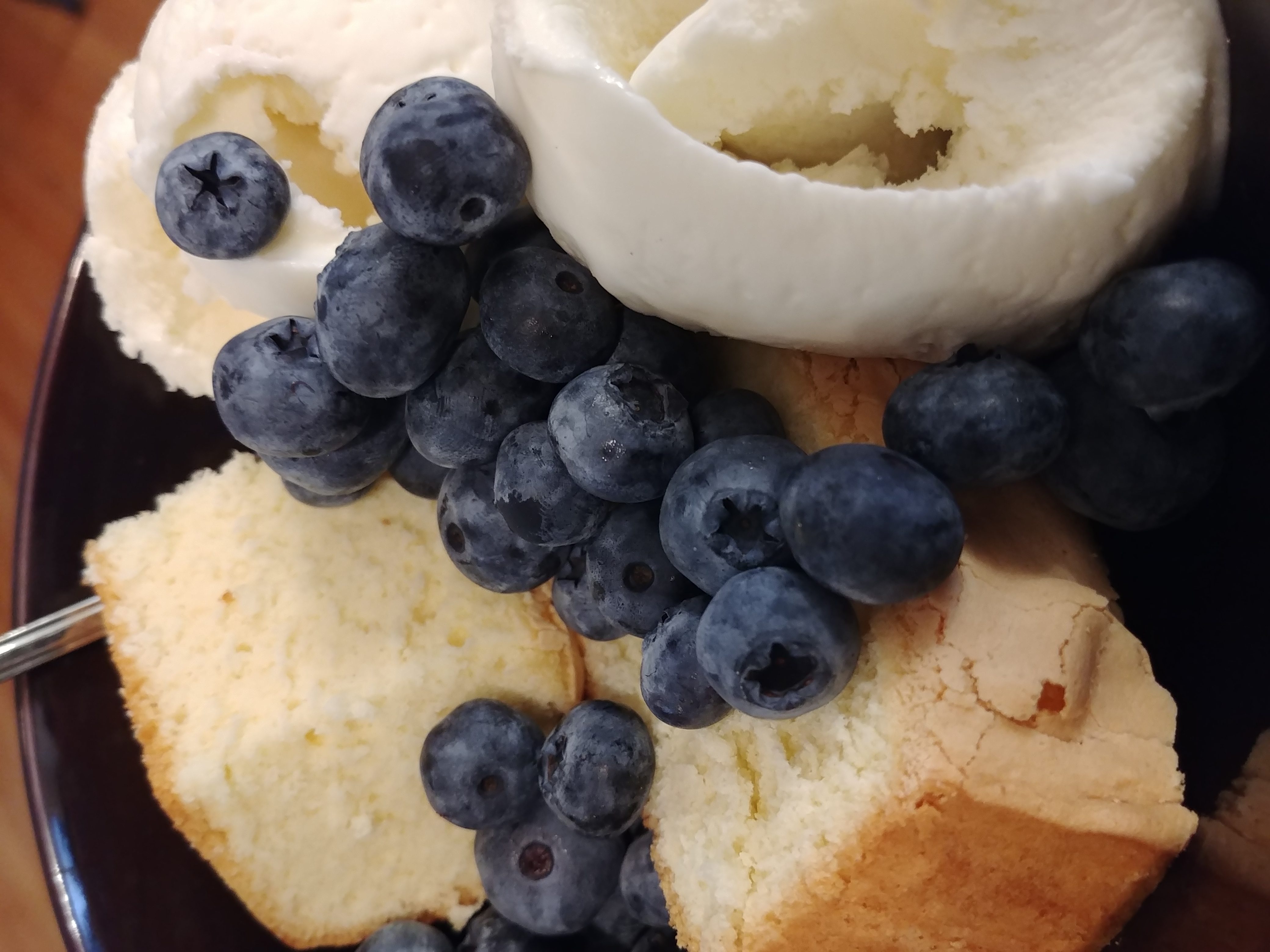
You must be logged in to post a comment.